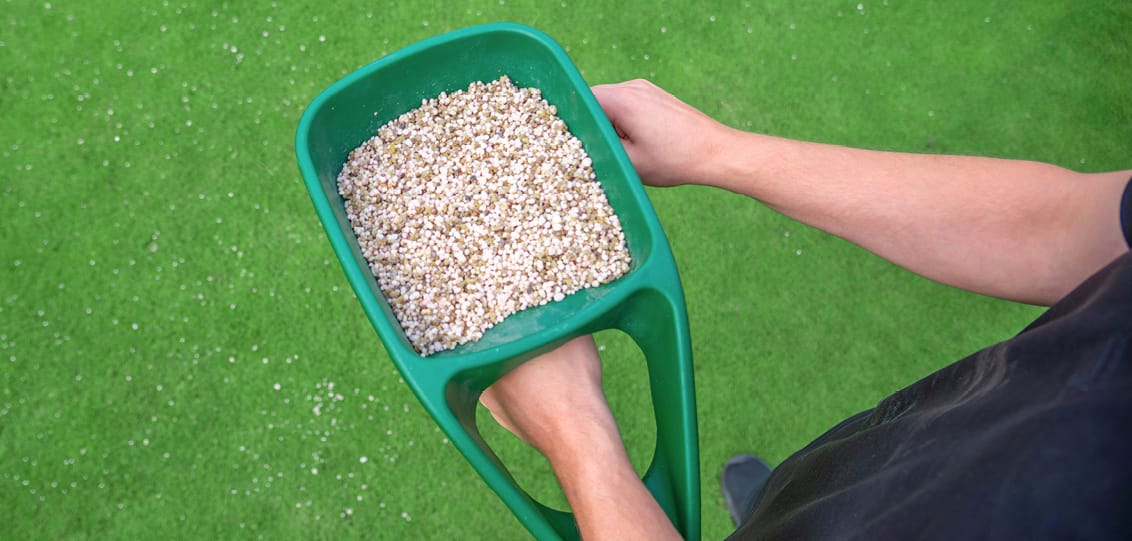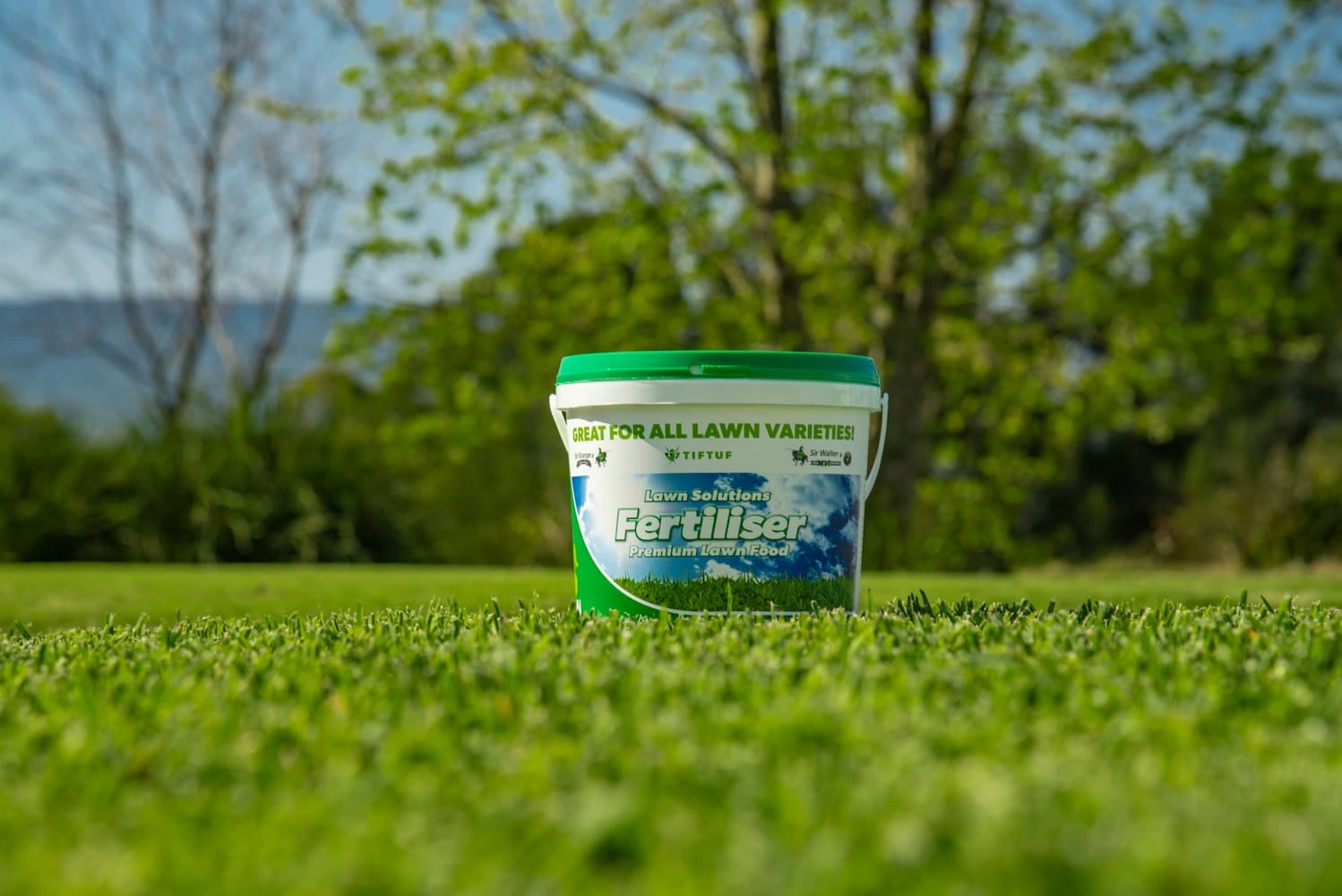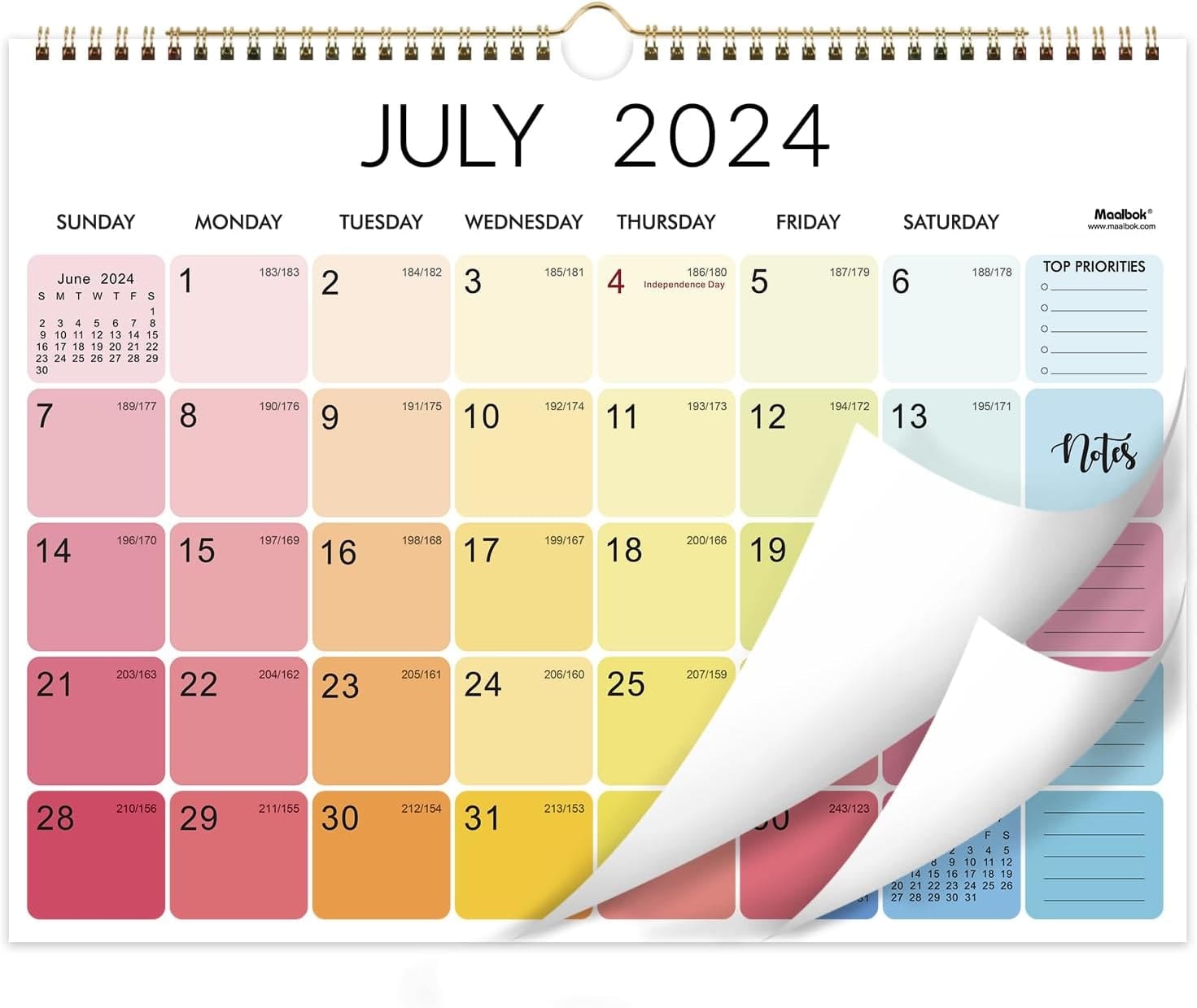How Often Should You Fertilise Your Lawn: A Comprehensive Guide

22 August 2024
Introduction
Fertilising your lawn is a necessity! It keeps your healthy green lawn looking amazing all year round. In this blog we discuss tips on how often should you fertilise you lawn!
Key Factors Affecting Fertilisation Frequency
- When it comes to Queensland – our grasses are all warm-season grasses. Depending on your what turf variety you have this will effect how often you should fertilise your lawn.
- Your soils pH is very important, poor soil quality can lead to ongoing issues with your lawn. We’d definitely recommend testing your soils pH to ensure you are giving your lawn to correct amendments and fertilisers for it’s needs!
- Always keep a close eye on the weather! Make sure that you aren’t planning on fertilising your lawn when there’s some nasty wet weather forecasted! Too much rain shortly after application can reduce the effectiveness making it a waste of your time & money!

Establishing a Fertilisation Schedule
- Most warm season grasses like buffalo, couch and zoysia love a feed in spring and again after winter once the lawn starts to grow again. A feed around Australia Day and again after Easter or Anzac Day to help boost your lawn heading into the cooler months.
How to Create a Fertilisation Calendar for your lawn!
- Understanding your lawn! Make sure you know what turf variety you have!
- Complete a soil pH test to help understand what nutrients your lawn needs!
- Select the right fertiliser! Think the following factors: Nutrient content, slow release verus quick release, organic versus sythentic pros and cons.
- Implement your plan! Make sure to pay attention to timing, fertilisation application techniques and ongoing monitoring to ensure your schedule is working!

Signs Your Lawn Needs Fertilisation
- Looking a little worse for wear
- Lacking in colour
- Reduced growth
- Brown or yellowing patches
- Thinning or bare patches
Depending on your variety, we recommend sticking to our recommended fertilisation frequency to ensure the best outcome for your lawn. Check out our blog -> When to Fertilise Your Lawn: A Seasonal Guide for all the tips and tricks on how often to fertiliser and how to do so.

Types of Fertilisers and Their Impact on Frequency
Synthetic Fertilisers are manufactured from minerals, gasses from the air and inorganic waste materials where as Organic Fertilisers are derived from natural sources such as microbes, organic waste and other similar materials.
Slow release fertilisers make nutrients available to your lawn for an extended period for up to two months whereas a quick release fertiliser is going to make nutirents available for a period of approximately two weeks. It’s very important to use slow release fertiliser during the growing seasons.
Choosing the right fertiliser for your lawns needs:
- Determine your turf variety
- Determine your soil quality
- Choose the right feriliser nutrients for your lawn, common nutrients:
Nitrogen
Postassium (K)
Phosphorus
- Talk to the experts! Not sure on what fertiliser to use? Reach out to our friendly staff for advice!

Practical Tips for Effective Fertilisation
Granular
Granular Fertilisers are the easiest and most popular option to use. Granular products to take longer to be absorbed by your lawn but usually will release the nutrients over a longer period of time.
- Make sure to measure out your lawn size to ensure you apply fertiliser evenly and at the correct rate.
- We always recommend using a fertiliser spreader to apply granules to ensure a smooth and even application to cover the area as best you can.
- We recommend walking up and back, then across in the opposite direction to get the best coverage.
- Always keep an eye on how wide you are spreading the granules to ensure you dont double up and burn your lawn!

Liquid Fertilisers
Liquid Fertilisers work faster than granular fertiliser as they are applied directly onto the leaf and are absorbed quickly. This will help give your lawn a quick but short boost!
- Again, before applying make sure to measure out your lawn size to ensure you apply fertiliser evenly and at the correct rate.
- Spray your fertiliser evenly by walking in an organised fashion to achieve an even application.
- Always keep an eye on how wide your sprayer is to avoid doubling up!
Fertilising your lawn the right way can help improve its appearance while keeping it healthy. While fertilising is quite simple, there is a bit more to it than simply chucking it out or spraying it on.
Time to water!! This is an important step to help avoid burning on your lawn. Not all fertilisers need to be watered in, but the majority do. If you are unsure, read your products label or check with the product manufacturer.
Types of Fertiliser
- Granular Fertilisers – Recommendation Lawn Solutions Fertiliser Premium Lawn Food
- Liquid Fertilisers – Recommendation Exceed Liquid Fertiliser or Iron Guard Plus
- Natural Fertilisers – Recommendation Lawn Kelper
Common Mistakes to Avoid
- Over fertilising your lawn can cause some major issues! It will cause sudden plant growth, particularly leaf growth & thatch. This issue with this is that the roots will not experience the same amount of rapid growth and will then be unable to supply the amount of water and nutrients your lawn needs.
- Under fertilising can reduce growth and paleness of colour within your lawn! Make sure to reach the labelled rates to ensure you are applying the correct amount!
- Applying fertilisers at the wrong time of day can be detramental to your lawn! Avoid burning your lawn and apply fertiliser in the late afternoon or early morning. Never during the middle of the day.

FAQs
How can I tell if my lawn is over-fertilised?
Signs of over-fertilisation include yellowing or browning of grass blades, excessive growth that requires frequent mowing, and a buildup of thatch. To prevent this, follow recommended application rates and schedules.

Is it okay to skip a scheduled fertilisation?
Skipping a scheduled fertilisation occasionally may not severely impact your lawn, but consistent neglect can lead to nutrient deficiencies. If you miss an application, resume your schedule as soon as possible and monitor your lawn’s health.
What’s the best way to track my fertilisation schedule?
The best way to track your fertilisation schedule is to create a lawn care calendar. Note the recommended fertilisation times for your grass type, and set reminders to stay on track. Adjust the schedule as needed based on weather conditions and your lawn’s response.

Conclusion
A great way to keep on top of your fertilising would be to create yourself a little go to guide depending on your lawn type! Always feel free to reach out to our friendly staff with tips on the best fertilisers to use and when to use them!
Please remember to always follow labelled rates and ensure you are purchasing the right fertiliser for your lawns needs! pH tests can be your best friend when working out what amendments and fertilises your lawn really needs!